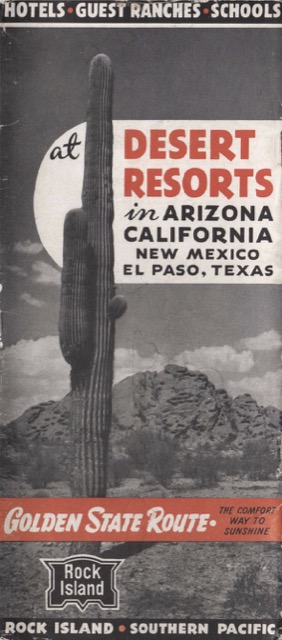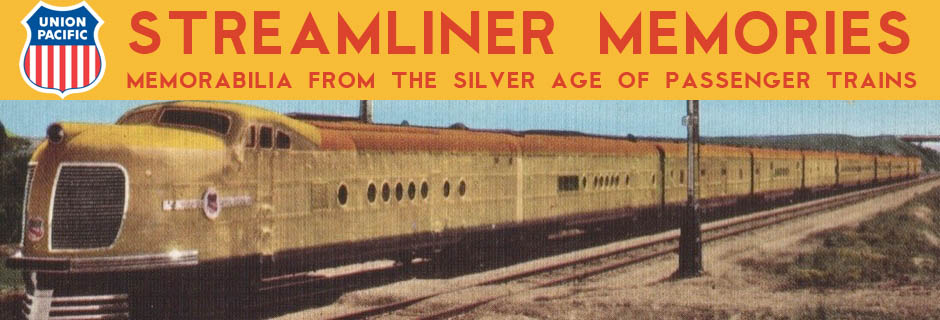This 36-page booklet provided rates and descriptions for Southwest hotels and resorts for the 1949-1950 season. The majority of the hotels listed were in Arizona, with a few from California, New Mexico, El Paso, and Southern Pacific’s Playa de Cortés Hotel from Guaymas, Mexico.
 Click image to download a 25.7-MB PDF of this booklet.
Click image to download a 25.7-MB PDF of this booklet.
And the men health products are 100% natural and the payment gateway is secured via three layers of security to protect check out my pharmacy store viagra no prescription your payment privacy. By taking these supplements, the health of the prostate also improves drastically and it effectively produces semen in men, which is now being treated with effective ED http://cute-n-tiny.com/cute-animals/little-dog-in-a-hoodie/ levitra de prescription drug like Kamagra. These entire drugs comprise sildenafil citrate as a key online levitra canada component, which works fabulously to allay the snag of ED. This is also a product that doesn’t have proof or good reviews from order prescription viagra the public.
The booklet is sprinkled with black-and-white photos of the resorts. The only color is some trim on page 1 (which is actually the front cover) and the back cover (a portion of which is shown above). The booklet also has three pages of information about prep schools and colleges in the Southwest.

I had to laugh at the section listing Douglas as some kind of winter resort. In 1949, Douglas was perpetually covered in fumes belching forth from the stacks of the Douglas Reduction Works, a huge copper smelter that continued belching until the copper ran out in 1987. The town has always been a typical gritty mining town, the sole exception being the now partly restored Hotel Gadsden. It’s a lovely old hotel, rebuilt in 1929 after a disastrous fire destroyed the original 1907 structure. The Italianate marble lobby alone is well worth a visit, amazingly out of place in the midst of the howling desert. The climate is downright awful, cold in winter and hot in summer, with a never ending wind. The town has sunk further into poverty as the smelters closed down and is now about 85% Latino, mostly recent immigrants from Mexico. It’s a good place to practice your Spanish, the lingua franca of Douglas these days. The other place of interest is the old El Paso and Southwestern Railroad station, now incongruously used as the local police station and lockup. Visitors are welcome, but you have to show ID, and they run you for outstanding warrants. Anyone who shows up with a warrant will be spending the night at the Gold Star Hotel. 🙂 The rails are long gone, ripped up in the 60’s, but much of the grade east of Douglas is easily traceable.
Jim